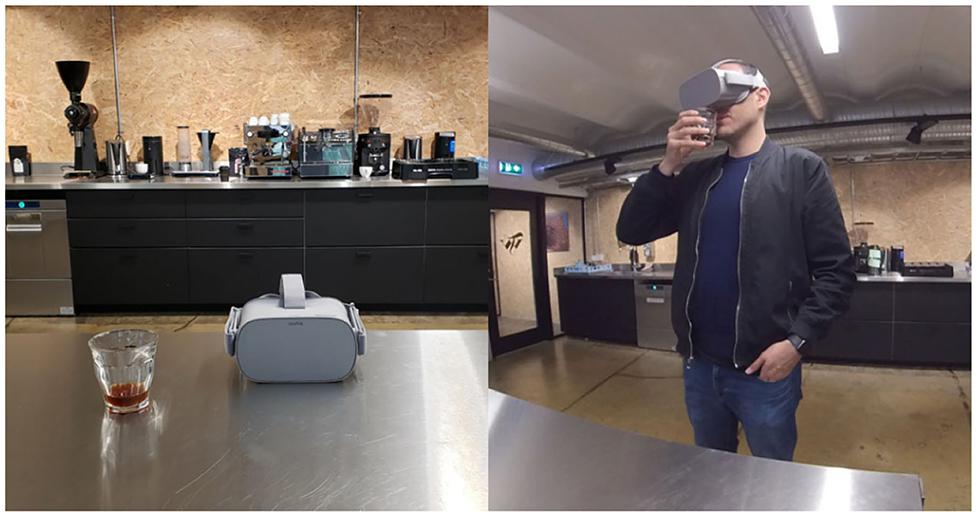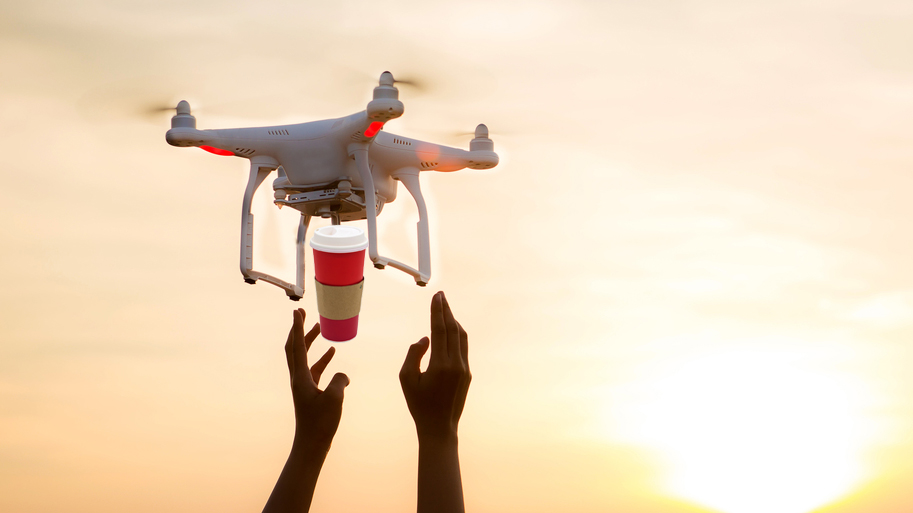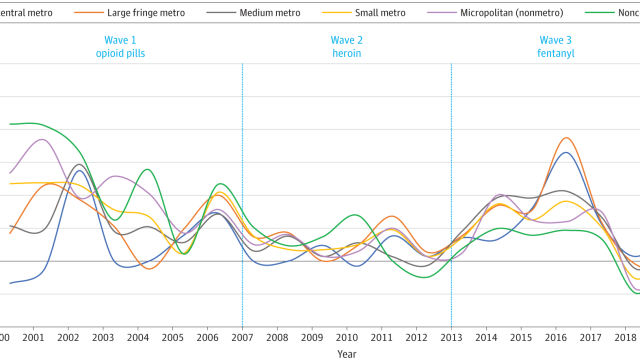Scientists make cold brew coffee in 3 minutes using lasers

- Because of chemistry, cold brew coffee tastes different than traditional hot brew coffee.
- Cold brew coffee takes about 12 to 18 hours to brew. New research shows that it can be done in three minutes — using lasers.
- Perhaps a few hipster baristas with a penchant for technology could launch a laser-pulsed coffee trend.
In recent years, few beverages have become as popular as cold brew coffee. It is on its way to becoming a billion-dollar market globally, thanks largely to Millennials who love it. Some like it for its distinct taste, while others prefer it over having to fiddle with coffee machines first thing in the morning.
But if you don’t buy cold brew concentrate, it takes at least 12 hours to brew. And should you forget to steep the coffee in water the day before — as I often do — you may have to miss out on your cold brew for the day. That might change in the future.
In research published in the journal Science of Food, researchers from the University of Duisburg-Essen in Germany demonstrated a method that prepares cold brew much, much faster. And the process involves lasers.
What makes cold brew so cool
The brewing process is a major factor in determining the taste of coffee. Cold brew is known for being less acidic and less bitter than either hot brew or even iced coffee (which is just hot brew cooled with ice). This is because of chemistry. When water is used to extract chemicals out of coffee grounds, the temperature matters. Hot water will extract a different chemical profile — and, hence, a different flavor profile — than cold water. Hot brew and cold brew coffee, therefore, are essentially different beverages.
For example, the aromatic compounds that fill your house with that distinctive, nutty smell every time you brew hot coffee are volatile at high temperatures and quickly evaporate from the brew. On the contrary, cold brew coffee holds onto these aromatic compounds, which dramatically change its taste.
Pulsed-laser coffee
Previously, a team of researchers mostly from China used ultrasound to decrease cold brewing time from 12 hours to 1 hour. But, in this new research, German scientists upped the ante, showing that cold brew time could be reduced to merely three minutes using lasers.
As one might suspect, lasers can overheat materials. To prevent that, the authors used pulsed lasers, which turn on and off very quickly — in this case, every picosecond (one-trillionth of a second). The picosecond-pulsed lasers were beamed at a mixture of coffee powder in water for three minutes. Laser irradiation heated up the brew by about 5° C (but this does not disqualify the drink from being considered “cold brewed”).

The authors then analyzed the profile of the pulsed-laser coffee. The acidity was comparable to cold brewed coffee and lower than hot coffee. The caffeine content was less than cold brew but greater than hot brew. Using liquid chromatography coupled to mass spectrometry, a technique which identifies molecules, the researchers showed that laser-pulsed coffee was similar to cold brew, allaying concerns that lasers might destroy the coffee.
Are lasers coming to a coffee shop near you?
In addition to creating a mild inconvenience for coffee drinkers, the long brewing time of cold brew limits the scope of experimentation for adventurous brewers. By decreasing brewing time from hours to minutes, this research opens up the cold brew to exciting new possibilities. For instance, slight tweaks to the speed of the laser pulses or the exposure time could unlock a variety of new flavor profiles.
Will you be drinking pulsed-laser coffee anytime soon? As of now, pulsed lasers find limited applications in the food and beverage industry. However, if the history of coffee is any guide, it takes only a few hipster baristas with a penchant for technology to get a trend rolling.





